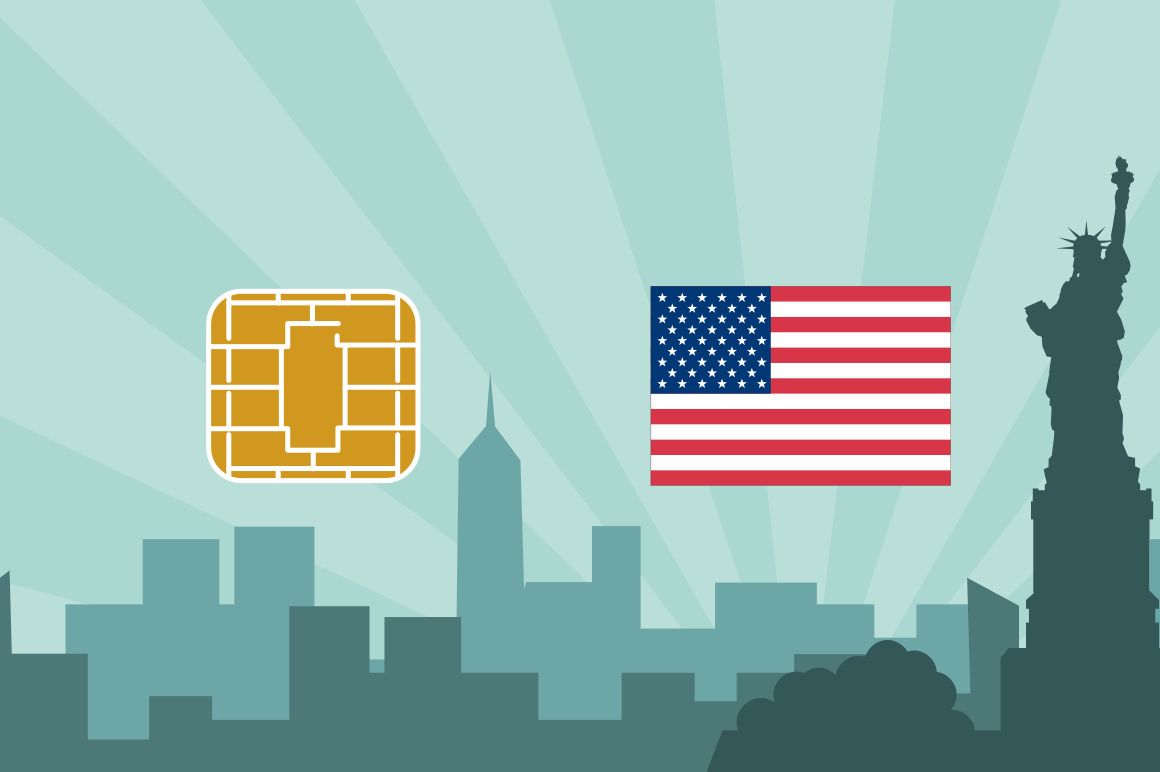
US EMV Shift: Your Ticket to Better Payment Processing Fees
EMV, which stands for Europay, MasterCard and Visa is arriving to the United States this fall.
Payments Security Task Force estimates that by the end of the year, 62% of cards and 42% of point of sale terminals will be upgraded to accept chip enabled credit cards. As you consider upgrading your payment processing system to support EMV, consider negotiating your payment processing rates, too. Pat Moran, a small business payments consultant, gave the following advice to small business owners attending a recent MCC Technology event sponsored by MasterCard: “One of the biggest advantages small business owners have when upgrading to EMV point of sale technology is the ability to negotiate better rates with payment processors. Shop around and make sure you are getting the best rates.” Now that you’re in the market for a new payment processor, remember that you are in the driver’s seat. Negotiating processing rates is a lot like dating: you’re looking for a long-term relationship, but you need to find a good match. Here’s how you can use the transition to chip enabled credit cards to master the payments processing game:

Know what you’re looking for
When dating, you have an idea about the type of person (gender, age, interests) you’d like to date, and the same should be true when choosing a payment processing provider. You should have a general idea about what you’re looking for. For example, do you need a long-term contract or do you prefer month-to-month billing? Are mobile payments important? List your wants and needs so you can ensure that you select a payments processor that can meet them.
Shop around and compare costs
A limited pool means limited choices and lots of compromises. Shop around, identify payment processors that offer all of the features you’ve previously listed, and compare costs. Choose your payment processors based on the one that can offer you the best value.
Look into hidden costs
With payment processors, watch out for hidden costs like fees and penalties. Some payment processors will nickel and dime you for everything from statements and reports to minimum billing requirements. Ask for a full list of fees associated, along with explanations and factor them into your cost comparisons. While you’re at it, try to eliminate or negotiate them.
Set boundaries / Protect your rights
The time to set boundaries is early in a relationship. With payment processors, you’ll want to:
- Clarify how chargebacks will be handled for various transaction types including card present and card not present transactions.
- Find out if reserves/holdbacks – which are used as a reserve should you have a refund or chargeback – are required. How much will be held as a reserve? Under what circumstances will reserves be triggered?
Finding a good match takes a bit of work upfront, but it pays off. Once you’ve done your research and understand the variety of options available to you from payment processors, you will be able to determine the best fit for your business. If you have an existing point of sale provider make sure to inquire about the possibility of fully integrated payment processing to save you time and money.
Want to try ShopKeep for yourself?
Just answer a few easy questions.
Need help finding the right point of sale?
Just complete the form. We’ll call you right back to explain how ShopKeep can work for you.
Hit the ground running.Sprinting, in fact!
Read our free, comprehensive guide, Small Business 101, to learn all you need to know about starting a thriving business.

